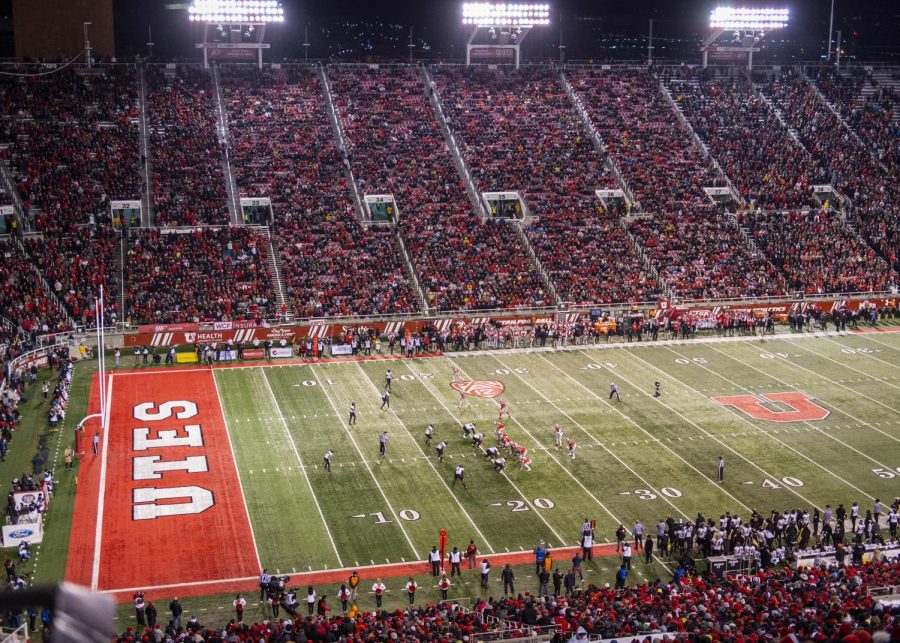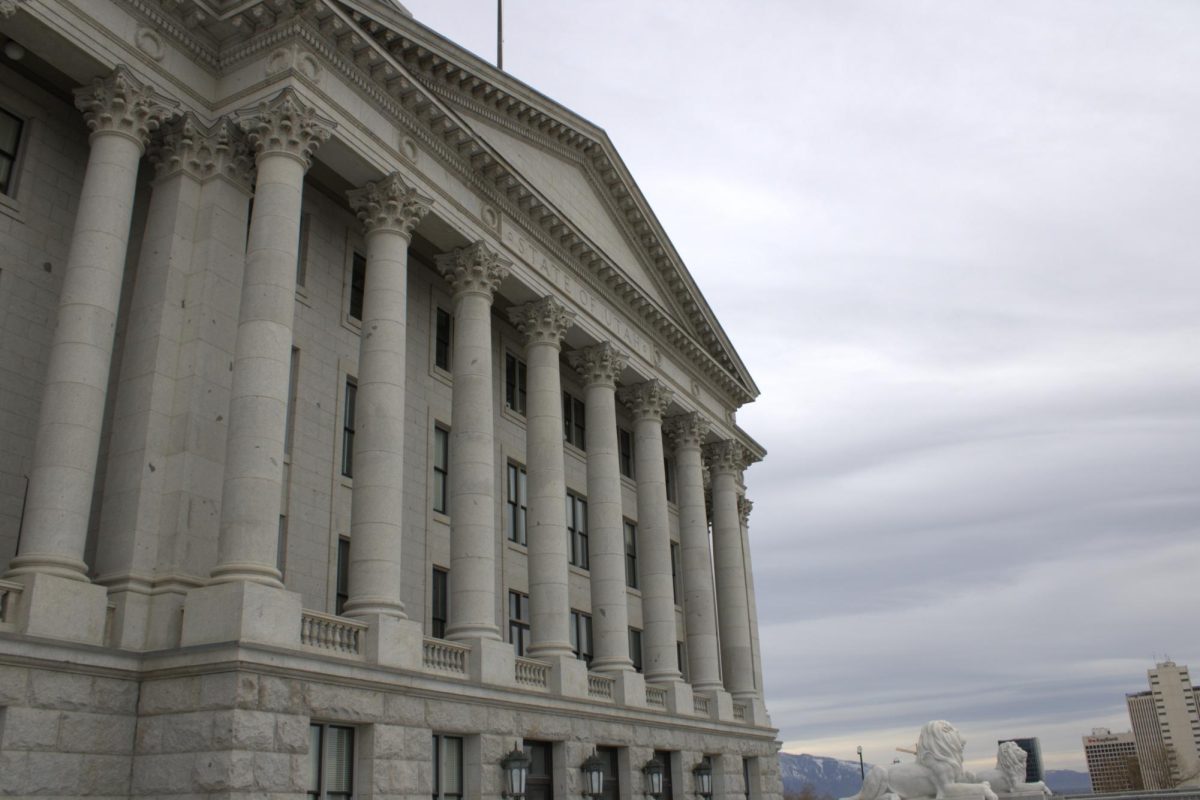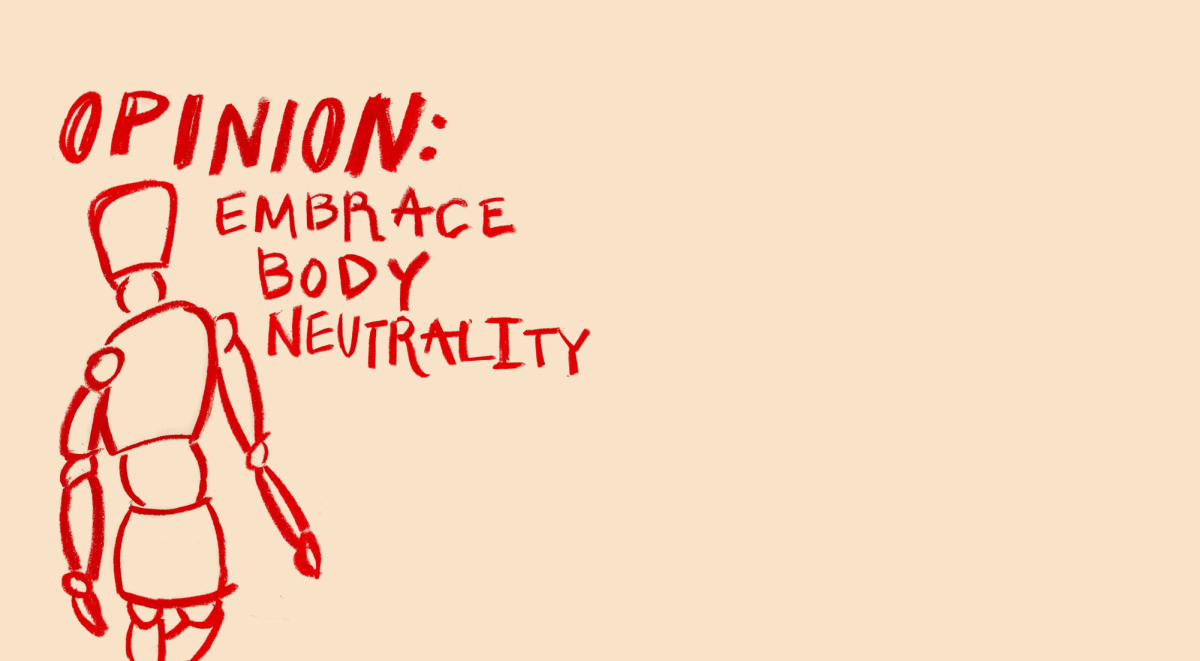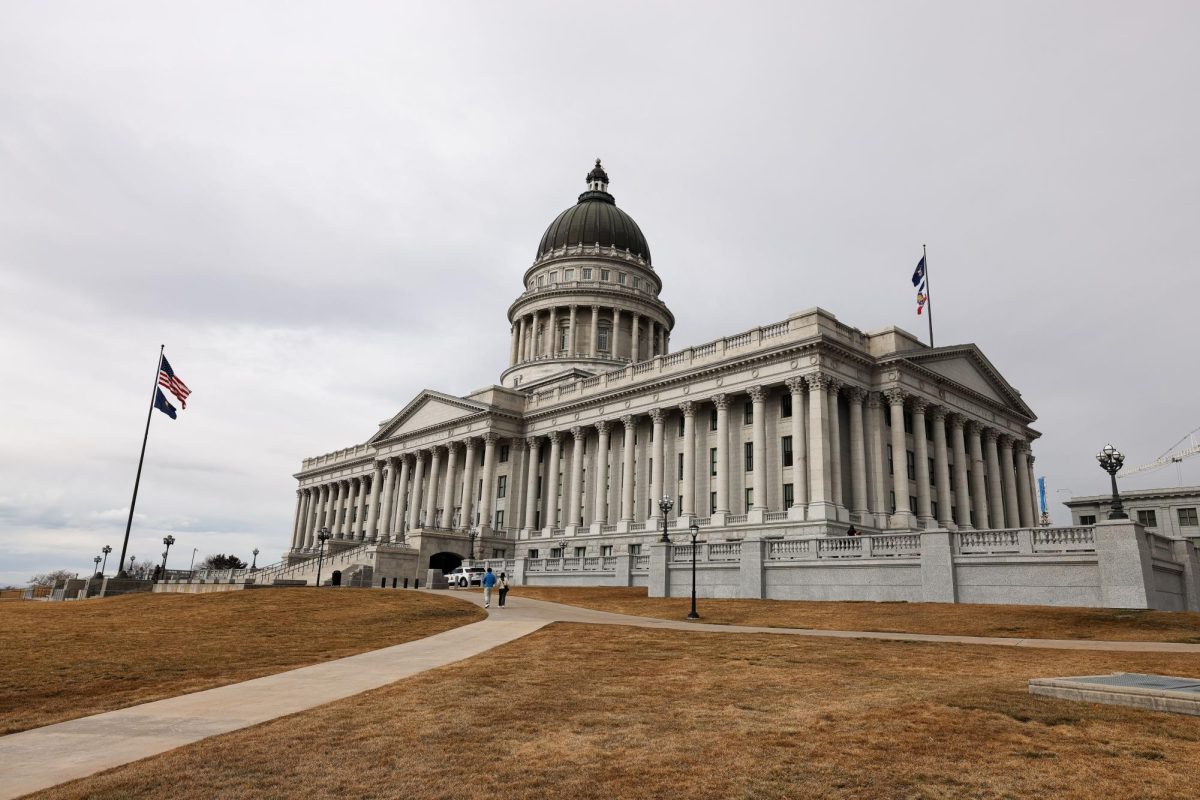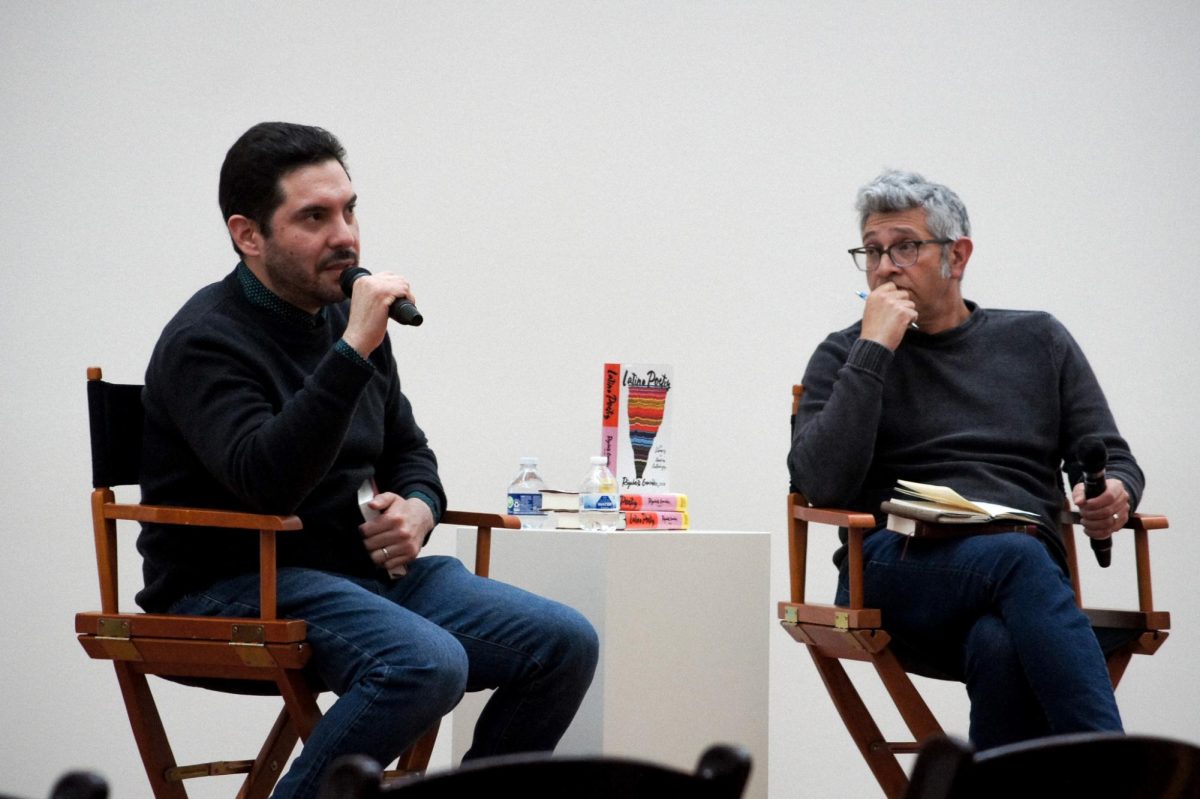COVID-19 and the Risks of a Return to Sports
The University of Utah plays The University of Colorado during an NCAA Football game at Rice Eccles Stadium in Salt Lake City, Utah on Saturday, Nov. 30, 2019. (Photo by Kiffer Creveling | The Daily Utah Chronicle)
July 8, 2020
On March 12th, collegiate sports came to a halt in America. Stadiums were emptied, locker rooms were cleared out and athletes were told to quarantine. That was more than three months ago now. During that time the United States has recorded over two million confirmed Coronavirus (or COVID-19) cases. The state of Utah has recorded 26,033 cases, 12,994 of those have come in Salt Lake County.
“Well, they’re going to be different we know that, and we know they’re going to be challenging,” said University of Utah Women’s Soccer Coach Rich Manning about the upcoming fall athletic events.
The return to sports in the fall especially at the collegiate level is going to be a challenge. Feasible? Yes. But convenient? No. Issue number one, regular testing.
“It’s realistic (to test athletes regularly), in my opinion, but we’re not quite there in terms of testing capacity yet … we’ll need to work hard to improve to get to that point,” said Andy Larsen, Utah Jazz beat writer and COVID-19 reporter for the Salt Lake Tribune.
Regular testing is a huge step toward re-starting college sports. The NBA has said they will test players and staff every other day. College teams tested athletes as they returned to campus for voluntary work outs earlier this month and we already see schools like Clemson with huge swaths of athletes. Clemson had 47 positive cases according to the USA Today.
Though Utah and rival Brigham Young University are not publicly releasing results of COVID tests on athletes, you would imagine there will be some positive testing. So what happens when an athlete tests positive the night before a game? How will coaches adapt to that?
“With the strategy it’s just going to force us to be really flexible with a Plan A and a Plan B and a Plan C,” Manning said.
Coaches will have to adapt. Game plans will change. The Utes play soccer in one of the best leagues in America. The coaching staff is prepared for things to be different, says Manning.
“We play in a really good league, the best league, and many times were forced to make adjustments and this is just going to be from a soccer standpoint. We are going to take it like that.” said Manning.
But coaches will have to be on their toes when it comes to keeping the case numbers down for their sports.
“We have to follow the medicine and the science and do our best to prevent positive tests and follow the protocols that have been set up by our sports medicine staffs,” Manning said.
You can say that, but sports are an inherently risky activity when it comes to COVID. There are so many junctures where you could put lives in danger.
“The most major challenge is stopping the spread that the sport can easily lead to if insufficient precautions are taken. Sports, indoor and outdoor, naturally lead to a lack of social distancing, but so too does traveling or practicing as a group. The bubble system used by the NWLS/MLS/NBA is a clear path forward,” Larsen said.
College athletics won’t be played in a bubble though. They involve travel and work outs, and not to mention under some universities’ current plans, students and student athletes will be returning to classrooms in fall semester.
The inability to play in a bubble is part of the problem and brings up issue number 2: Travel. Look at Arizona right now, a state with one of the highest case rates in the nation right now with 105,094 confirmed cases and even more alarmingly 1,927 deaths.
That’s a huge problem, especially considering two of the Pac-12’s more prominent schools reside within the state. The same state that yesterday banned mass gatherings of over 50 people and essentially shut the state down.
That’s an issue considering fall camps for the Pac-12 are supposed to be opening up within the next month. The way things currently stand in the western United States with cases rising in California, Arizona and Utah, beginning any type of college sporting event even without fans seems incredibly unlikely.
It presents a significant problem travel-wise as well. Utah football alone is scheduled to travel to both Arizona and Los Angeles this fall. That’s a large gamble on things getting back to normal by late October when those two road trips begin.
That’s part of the problem. The whole situation right now in the United States is so incredibly fluid. Arizona was not a mess a month ago, cases in Los Angeles were going down in May. The nature of COVID is that it’s an up and down disease. You see it even in Salt Lake — cases went down in May but began to rise in June.
Another part of the problem is that college football rosters and staffs in particular are massive groups of people. Testing for those types of groups are much harder to come by as the groups are larger, a point Larsen also made.
The Utah football program has over 60 working members on its team and staff combined. With a group that large, there is bound to be an outbreak of some kind. Coaches will have to change the mentality they have going into the 2020 season.
“I will be smart and safe with it. The health and safety of the team is going to come well before the athletics this year. That’s by far the first priority, and if that forces me to adjust my mentality I have to do it,” Manning said. “Have I been here that long that I’m now an old person?” Manning joked about starting his 19th season at the helm of Utah Soccer.
It’s a joke but one that has to be taken seriously as well. Think about the risk to coaches look at the top two sports at Utah, Football head coach Kyle Whittingham is 60 years old, Larry Krystowiak is 55 years old. These two are at the border of being in the high risk groups for COVID according to the CDC.
What happens if one of them or any coach at the collegiate level gets the disease? The tougher question and one no one wants to think about or ask is — what happens when someone dies? It will happen. Statistically, the numbers bear that out, eventually an athlete or a coach somewhere within Utah, the Pac-12 or the NCAA will die. When that happens, what is the response?
Obviously a shut down, but there are other dominoes that will fall. If public outcry gets loud enough, and people begin to question why we restarted in the first place, sponsors will have the urge to pull out. We have seen this happen before. Companies are hurting right now and any bad publicity will force companies to reconsider their investments. Wallets are tight right now, corporate America is playing scared.
Look at Under Armour, a week after UCLA players demanded third party medical oversight for the football program, Under Armour is now pulling its contract with UCLA.
Are the two events directly linked? No, UCLA’s athletics department budget is a mess but there is no doubt that it probably influenced decision making. If a player dies, big name companies are not going to want to go ahead with contracts. It’s a bad look for their brand to be associated with an institution that put athlete lives at risk without giving them any real compensation.
The nation needs sports back. The fans want college sports to return. The Chronicle needs them to return so you don’t have to read opinion pieces like this for the rest of the year. Is bringing them back less than a month and a half from now a good idea? No. The consequences could be deadly.


